Idea by
Lisa Moffitt
Call for ideas 2017
Streamlines, Vortices, & Plumes
Streamlines, Vortices, & Plumes

While there is substantial interest in how architecture mediates its environmental surroundings, there are few intuitive design techniques for visualising these complex flows. Computational fluid dynamics is cumbersome for the novice and environmental diagrams are often post-rationalised. This project entails prototyping three types of environmental model- a wind tunnel, a water table, and a 'filling tank'- all three of which make the complexities of air flow visible for use as environmental design tools. The prototypes reveal complex flow dynamics while also suggesting new models of architecture with components calibrated to leak, float, baffle, funnel, deviate and divert their fluid surroundings. No longer anchored to a terrestrial foundation, architecture is now tethered within a sea of atmospheric exchanges.
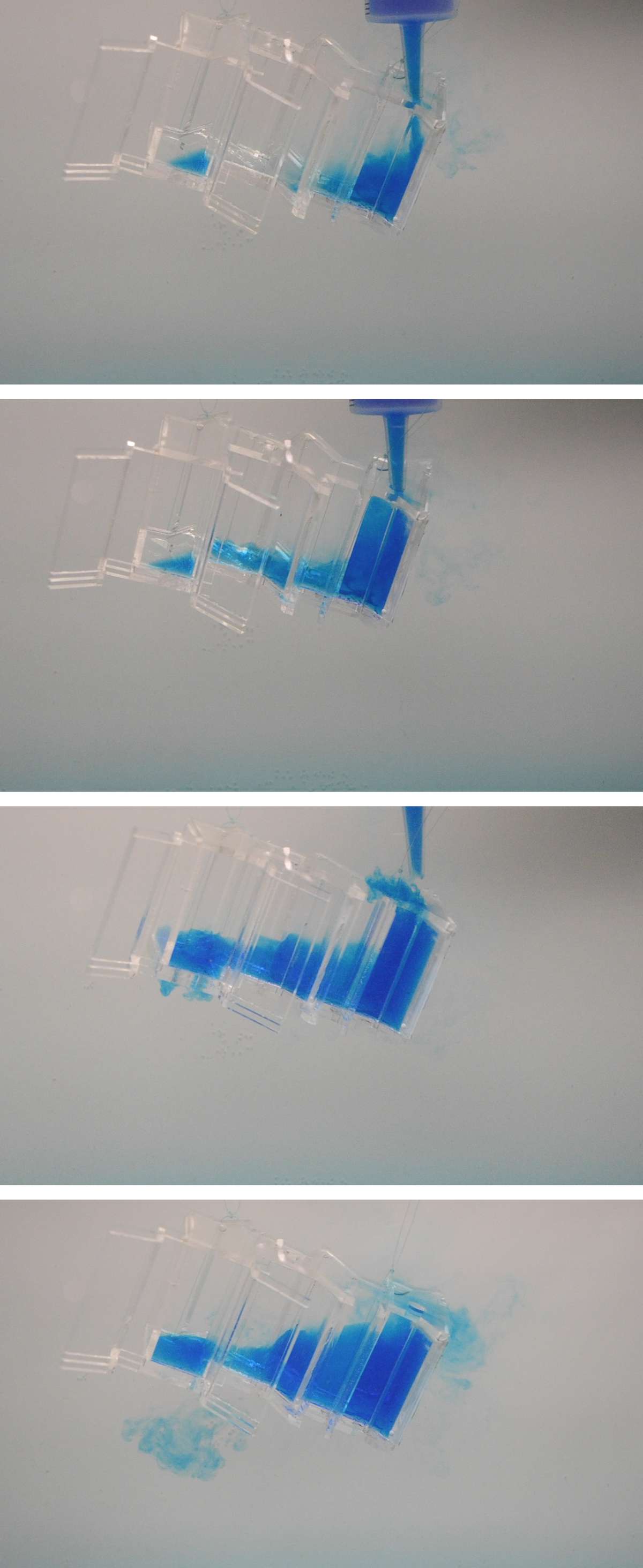
Filling tanks use fresh water and dyed salt water to make air flow as a result of temperature (density) differentials visible, suggesting architectures of thermal gradients and asymmetries.

While most low-tech, small-scale wind tunnels are constructed using carpentry tools, sheet materials, and off-the-shelf products, this prototype uses contemporary digital fabrication techniques. An attempt to visualise air flow as stream lines lead instead to a streamlined design methodology.

Dyed streamlines in water tables make air flow as a result of pressure differentials visible. While it is tempting to focus on the swirls and vortices of turbulence, prototyping the water table instead revealed the near impossibility of creating continuous steady flow.

Trial and error development of prototypes has revealed material behaviour of working with fluid conditions, suggesting approaches for designing buildings and calibrating their components to direct, contain, mediate and baffle airflow.
Streamlines, Vortices, & Plumes
Streamlines, Vortices, & Plumes

While there is substantial interest in how architecture mediates its environmental surroundings, there are few intuitive design techniques for visualising these complex flows. Computational fluid dynamics is cumbersome for the novice and environmental diagrams are often post-rationalised. This project entails prototyping three types of environmental model- a wind tunnel, a water table, and a 'filling tank'- all three of which make the complexities of air flow visible for use as environmental design tools. The prototypes reveal complex flow dynamics while also suggesting new models of architecture with components calibrated to leak, float, baffle, funnel, deviate and divert their fluid surroundings. No longer anchored to a terrestrial foundation, architecture is now tethered within a sea of atmospheric exchanges.
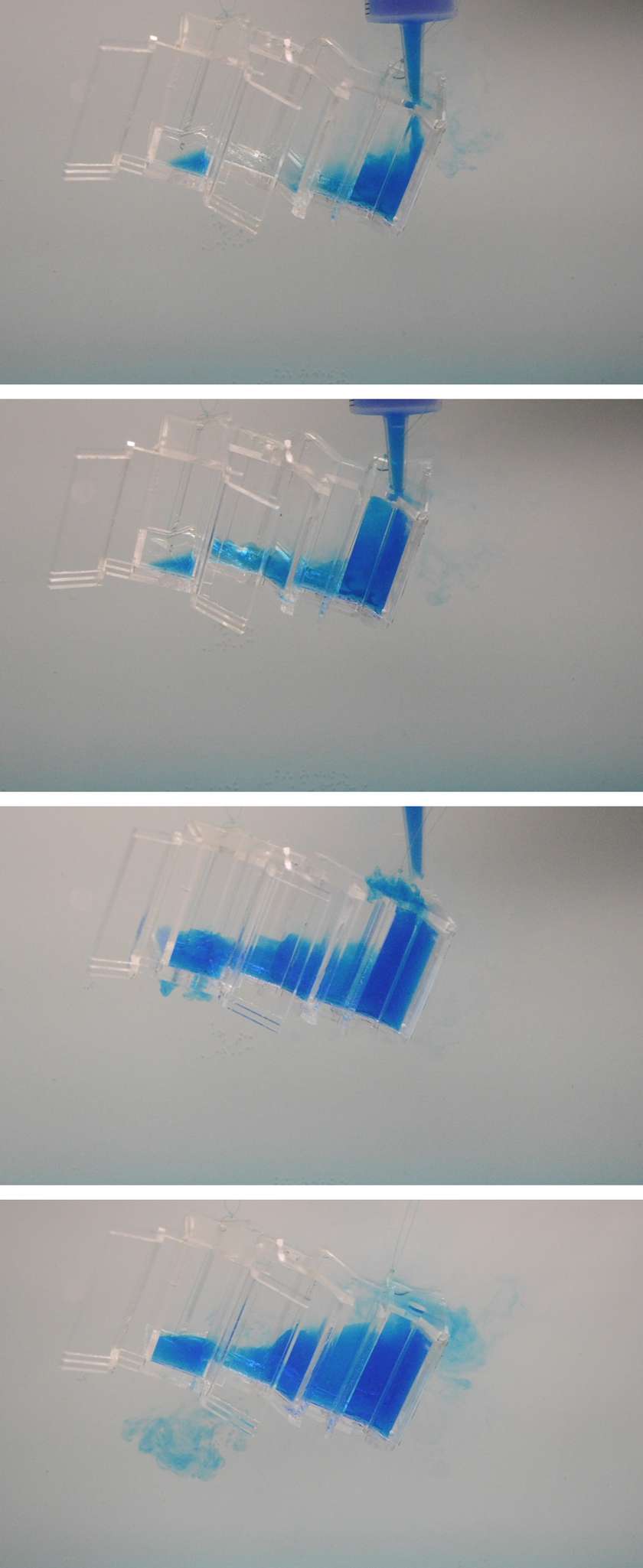
Filling tanks use fresh water and dyed salt water to make air flow as a result of temperature (density) differentials visible, suggesting architectures of thermal gradients and asymmetries.
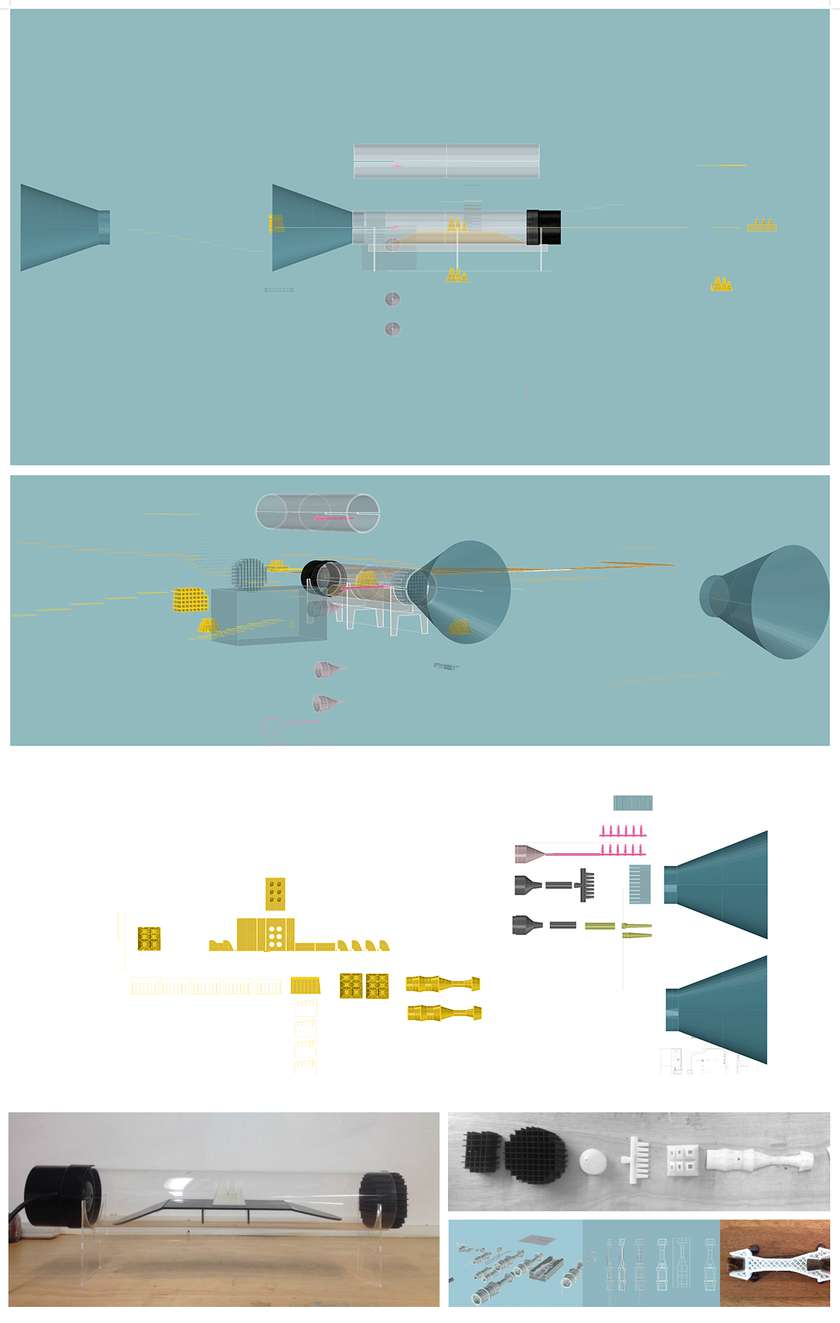
While most low-tech, small-scale wind tunnels are constructed using carpentry tools, sheet materials, and off-the-shelf products, this prototype uses contemporary digital fabrication techniques. An attempt to visualise air flow as stream lines lead instead to a streamlined design methodology.
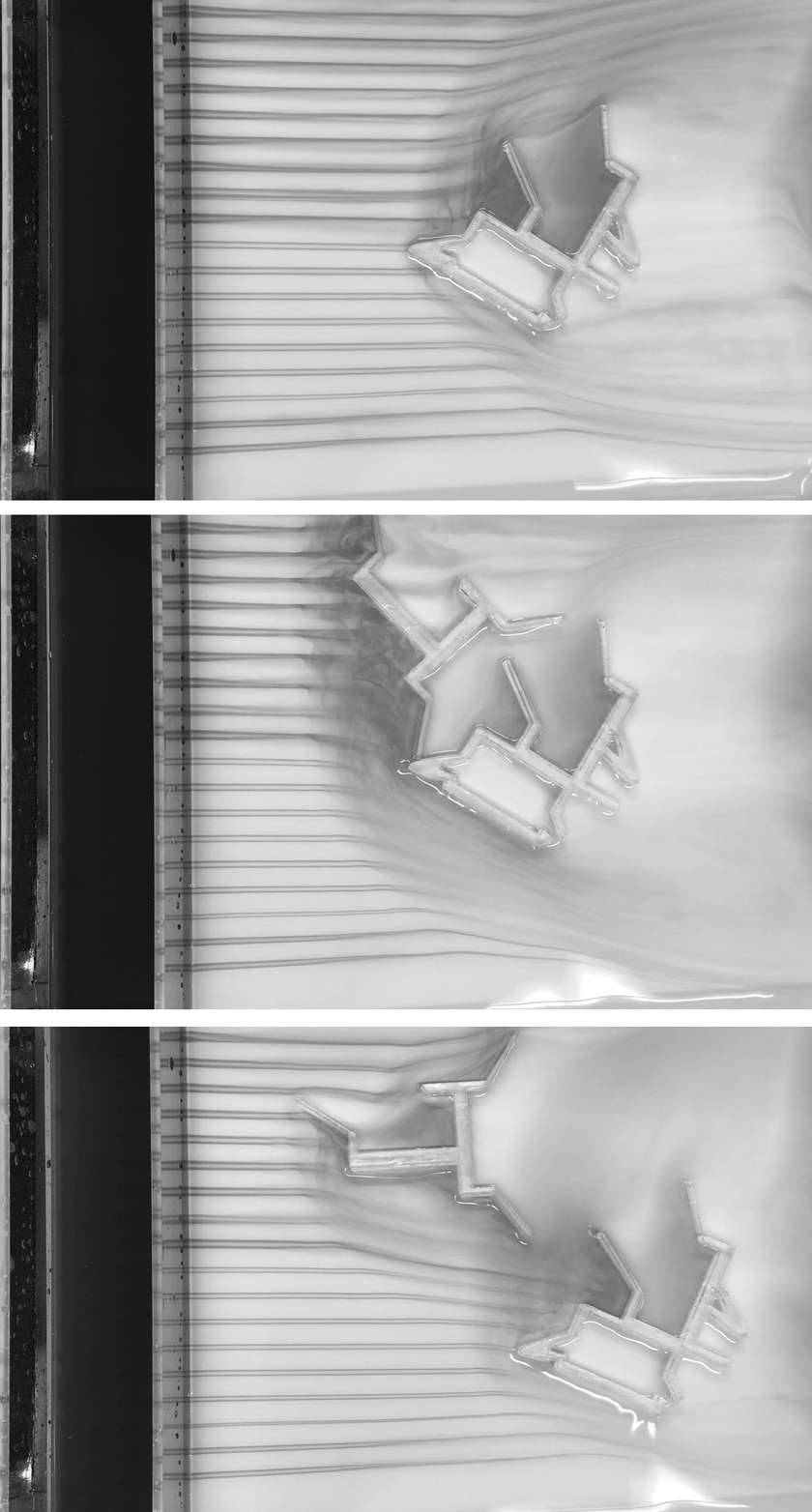
Dyed streamlines in water tables make air flow as a result of pressure differentials visible. While it is tempting to focus on the swirls and vortices of turbulence, prototyping the water table instead revealed the near impossibility of creating continuous steady flow.
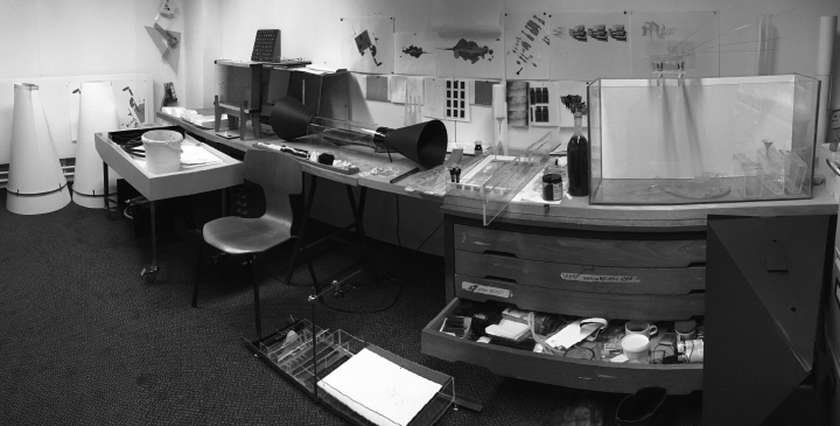
Trial and error development of prototypes has revealed material behaviour of working with fluid conditions, suggesting approaches for designing buildings and calibrating their components to direct, contain, mediate and baffle airflow.